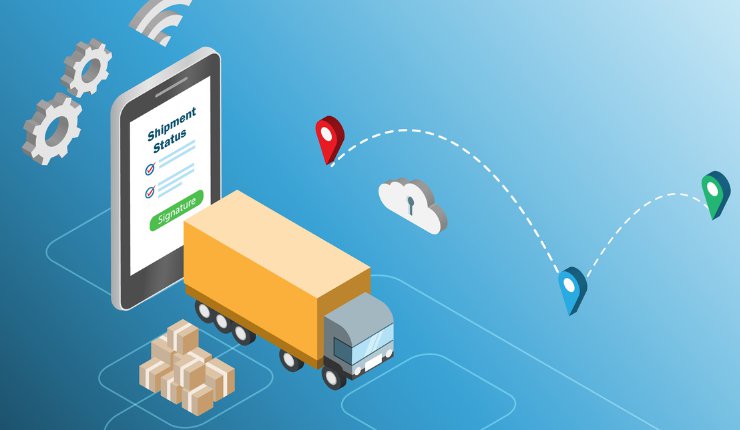
Three and a half years after the onset of Covid-19, people working in supply chain don’t consider what the next major supply chain disruption will be, only when it will be. It is not a source for speculation, but preparation.
In the agriculture industry, the supply chain crisis triggered by Covid seems to have settled down, with procurement and production operations running as well and reliably as you might have expected before the pandemic – despite the chance of supplier bankruptcy, workforce strike or canal blockage.
And while things tick as intended, it has provided ample opportunity for companies like CNH Industrial to lay the groundwork for the next time a supply chain disruption, big or small, hits.
“If [our] supply [chain] is not able to supply the right quantity at the right time, ‘Can you build them?’ is the question that we are asking ourselves,” Peter Ommeslag, Director Supply Chain Manufacturing Systems and Tools for CNH Industrial, said. CNH Industrial is the world’s second largest manufacturer of agricultural machinery, has 40+ production facilities worldwide, employing 40,000+ people and has a spare part portfolio in the millions. Its supply chain, then, is big and complex.
Since the start of the year, CNH has been working with Materialise’s Mindware additive manufacturing consulting team, assessing how it can grow its additive manufacturing (AM) application to safeguard its supply chain. The company first adopted AM in 2008 for prototyping, and in recent years has begun applying the technology to tooling and spare parts. Functional parts – designed with the technology in mind from the start – are on the agenda, as is the development of ‘AM twins’. Because, another question CNH has been asking itself is, if its supply chain breaks down somewhere, ‘Is there any backup solution?’ And ‘Could additive manufacturing be an alternative to the conventional market?’ The answer was yes. Materialise was thus looped into the process of identifying applications that can be manufactured with AM, with the view of designing back-up solutions in case of any supply chain issues.
“The whole idea around the AM twin is that you’re trying to anticipate [and] make sure everything is ready,” Ommeslag explained. “So, at the moment that there is a
disruption, or a supplier says, ‘I can’t deliver’ we don’t lose any more time with starting to look at those parts, try to redesign to make them fit for additive manufacturing. You have everything that you need to be able [to] pull the trigger on an order being sent out to a supplier to have those parts printed through additive manufacturing.”
Ommeslag anticipates that up to 40% of parts manufactured or provided by CNH could be a fit for AM, with between 80-85 AM twins already designed, pending quality checks. CNH is already using AM to produce 250 different spare parts – most of them being polymer components, and most of them being non-critical units like covers, hoods, and pipes – but with its AM twins project is now aiming to reinforce its supply chain.
For CNH, a breakdown in its supply chain typically means a disruption in its manufacturing workflows, regardless of whether AM can be used to save the day and a dissatisfied customer.
“Either you have a cost increase because the unit cannot go through the normal production flow,” Ommeslag continued, “or you’re going to have a penalty, which is difficult to express in financial terms, of having a reduction in customer satisfaction.” Hence, the AM twin project has been developed. This concept will rely on a virtual warehouse stacked with certified part designs that can be uploaded to 3D printers when needed, meaning CNH won’t have to store more spare parts than it needs, and also that normal service can be resumed once the supply chain issue has been resolved.
Additive manufacturing, then, is set to work as backup capacity for CNH, but not before the company has completed its discovery phase of application identification with Materialise and built up some more internal know-how.
“There are still a number of unknowns that we will have to get the answer on during this journey. We are a little bit too early to make bold statements around what the impact is going to be,” Ommeslag said. “[But] it’s interesting enough to go ahead.”




